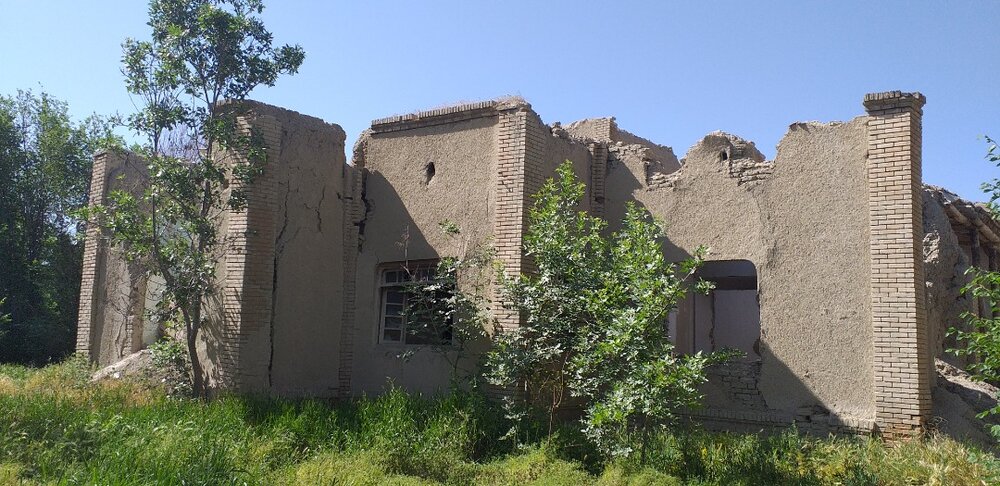Bathhouses, mansions, cistern in North Khorasan made national heritage

TEHRAN - A total of 12 historical sites and aging structures scattered across North Khorasan province have recently been inscribed on the national heritage list.
The Ministry of Cultural Heritage, Tourism, and Handicrafts announced the inscriptions on Wednesday in a letter to the governor-general of the northeastern province, CHTN reported.
Five hammams (public bathhouses), four mansions, and a cistern were among the properties added to the magnificent list.
Local travel insiders believe that traveling in North Khorasan is gaining momentum by degrees, creating lucrative opportunities for the tourism industry.
According to Lonely Planet, most foreign tourists pass straight through North Khorasan in transit between Mashhad and Gorgan, but if you have time to explore, it's worth diverting south from the capital, Bojnurd, towards Esfarayen, famed for its wrestling tournaments, the remarkable citadel of Belqays and the partly preserved stepped village of Roein some 20km north.
Hammams in Iran
Bathhouses or ‘hammams’ in Iran were not only places for bathing and cleaning up. They had a social concept for people who gathered at these places weekly.
It was a place where people talked with each other about their daily life and shared humor and news. There are still bathhouses in Iranian cities but they do not have their social function anymore since most people have bathrooms in their homes due to the modern lifestyle.
Iranian Ab-Anbars (cisterns)
The term Ab-Anbar (cistern) is common throughout Iran as a designation for roofed underground water cisterns. It associates with water management systems in arid areas that are reliant on permanent springs or seasonal rainwater.
Such underground reservoirs or Ab-Anbars are parts of the iconic qanat systems, which rely on snow-fed streams flowing down from surrounding mountains. Qanats, according to UNESCO, provide exceptional testimony to cultural traditions and civilizations in desert areas with an arid climate.
ABU/AFM

Leave a Comment